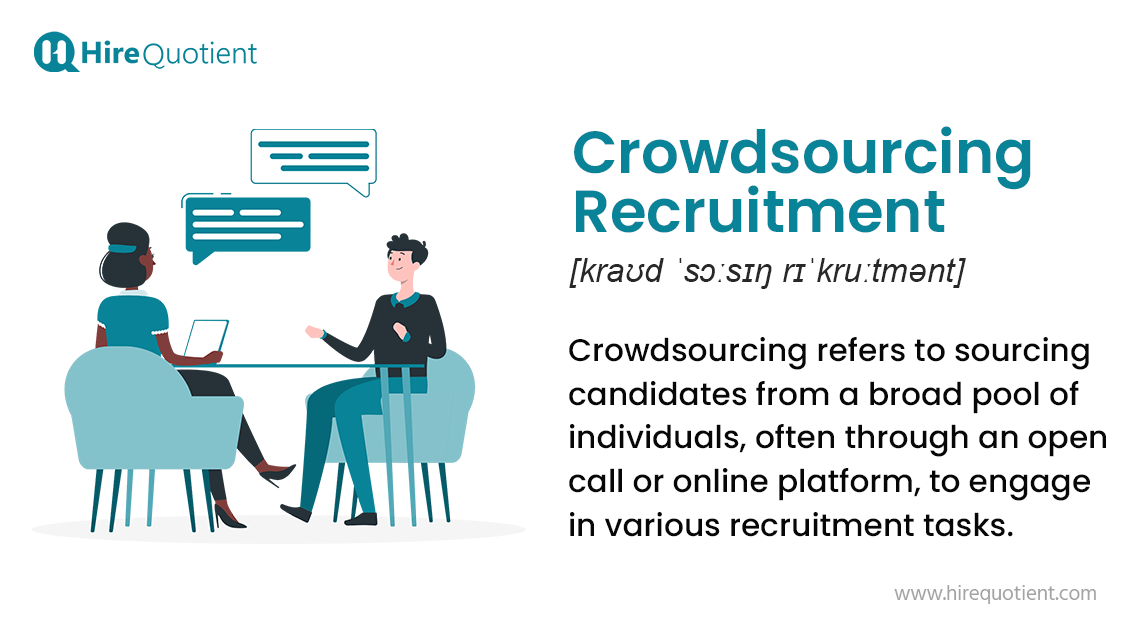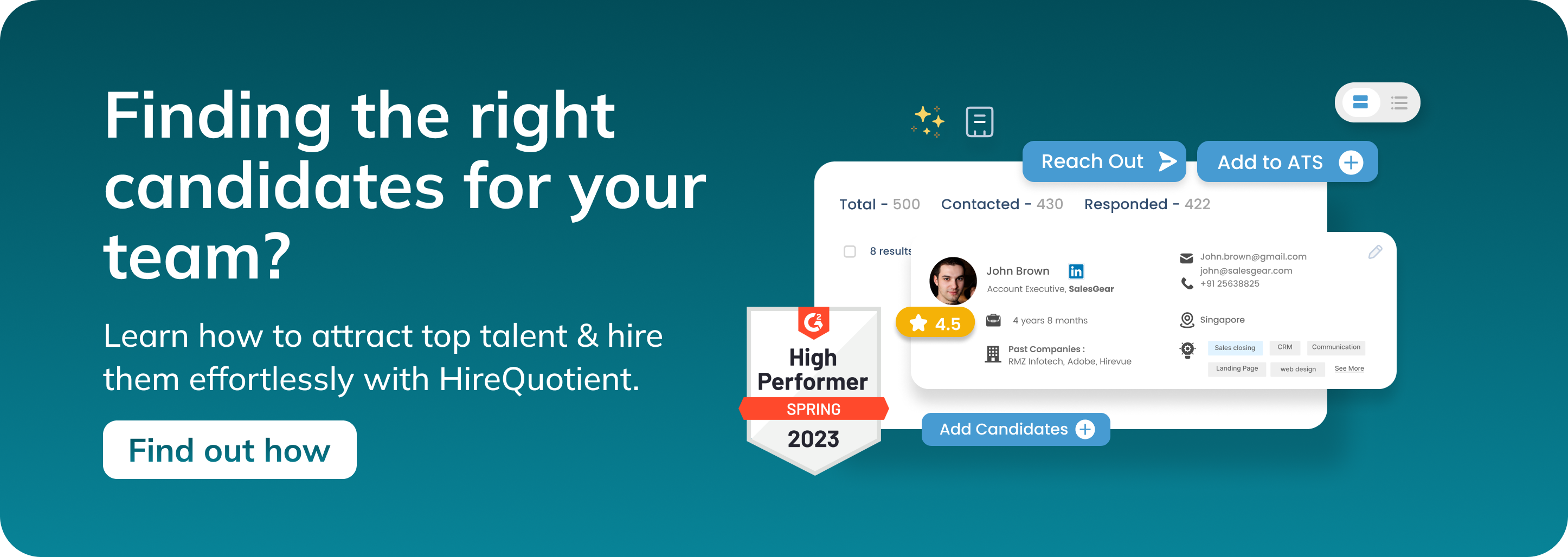What is Crowdsourcing?
The use of a large, voluntary community (such as social media) to generate ideas, new products, or other contributions, as opposed to using traditional means.

Crowdsourcing is a process of obtaining ideas, services, or contributions from a large group of people, typically through an open call or invitation, often facilitated by technology platforms or online communities. Youcan get a detailed idea of crowdsourcing by reading it in the section 'crowdsourcing recruitment'. It involves outsourcing tasks or gathering input from a diverse crowd rather than relying solely on a specific individual or in-house team. The concept of crowdsourcing leverages the collective intelligence, creativity, and expertise of a large number of individuals to accomplish a task or solve a problem.
Here are some common forms of crowdsourcing:
Idea Generation
Organizations can seek ideas and suggestions from a wide range of individuals to solve a particular challenge, develop new products, or improve existing processes. Online platforms or innovation competitions can be used to collect ideas from the crowd.
Microtasking
Dividing large tasks or projects into smaller, more manageable tasks and distributing them to a crowd of contributors. These tasks may include data entry, image tagging, content moderation, or other activities that can be completed independently.
Crowdfunding
Raising funds for projects, initiatives, or startups by collecting small contributions from a large number of individuals through online platforms. It allows entrepreneurs, artists, and social initiatives to secure financial support without relying solely on traditional funding sources.
Citizen Science
Engaging the public in scientific research or data collection efforts. Individuals contribute their time, resources, or expertise to collect data, analyze information, or participate in research studies, enabling scientists to gather data on a large scale.
Open Innovation
Seeking external input and collaboration to develop new products, technologies, or solutions. Organizations can tap into the expertise and insights of the crowd, including customers, industry experts, or enthusiasts, to drive innovation and problem-solving.
Crowdsourced Content
Generating content, such as user-generated reviews, ratings, testimonials, or creative contributions, by involving a large group of individuals. This can be used in various contexts, including marketing campaigns, product feedback, or content creation for websites or social media platforms.
Crowdsourcing offers several benefits, including access to diverse perspectives, accelerated problem-solving, cost-efficiency, scalability, and increased engagement and participation from a larger community. It allows organizations to tap into the collective wisdom and resources of the crowd, harnessing their creativity and expertise to achieve objectives that may be challenging or time-consuming using traditional approaches.
However, it is important to consider potential challenges such as quality control, intellectual property issues, managing large volumes of contributions, and ensuring fair compensation or recognition for participants. Proper planning, clear guidelines, and effective communication are necessary to make the most of crowdsourcing initiatives while addressing these potential challenges.
